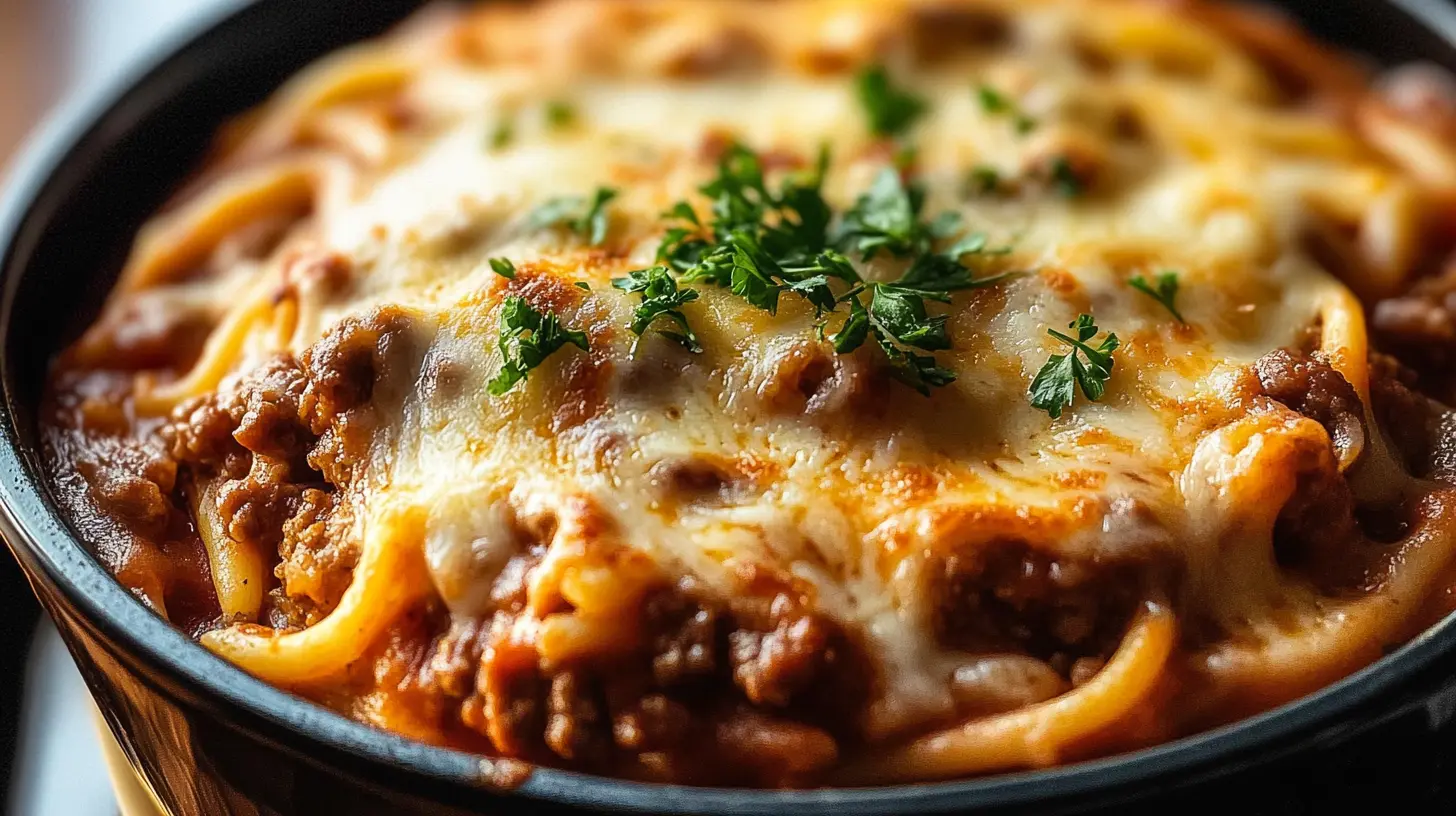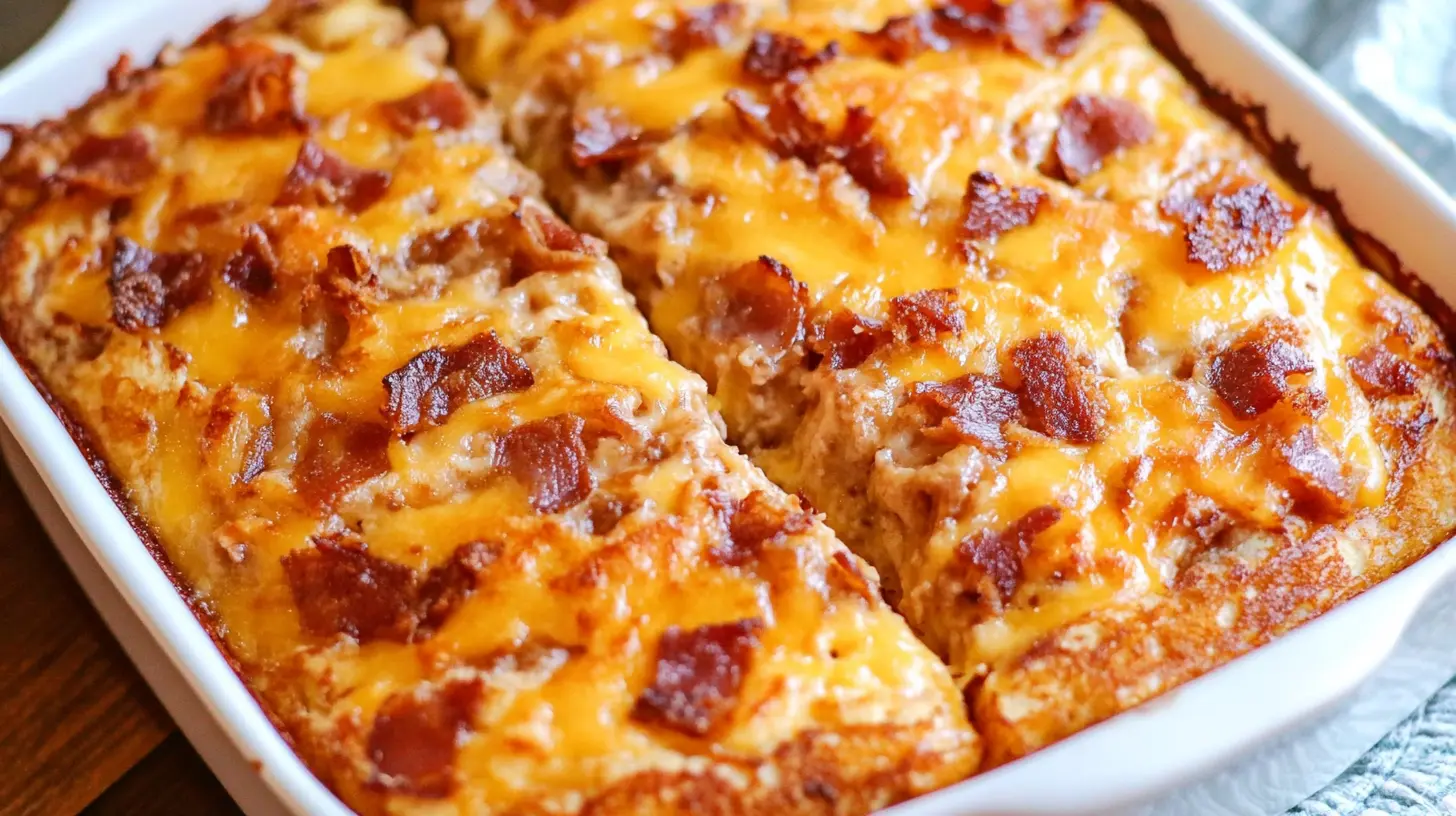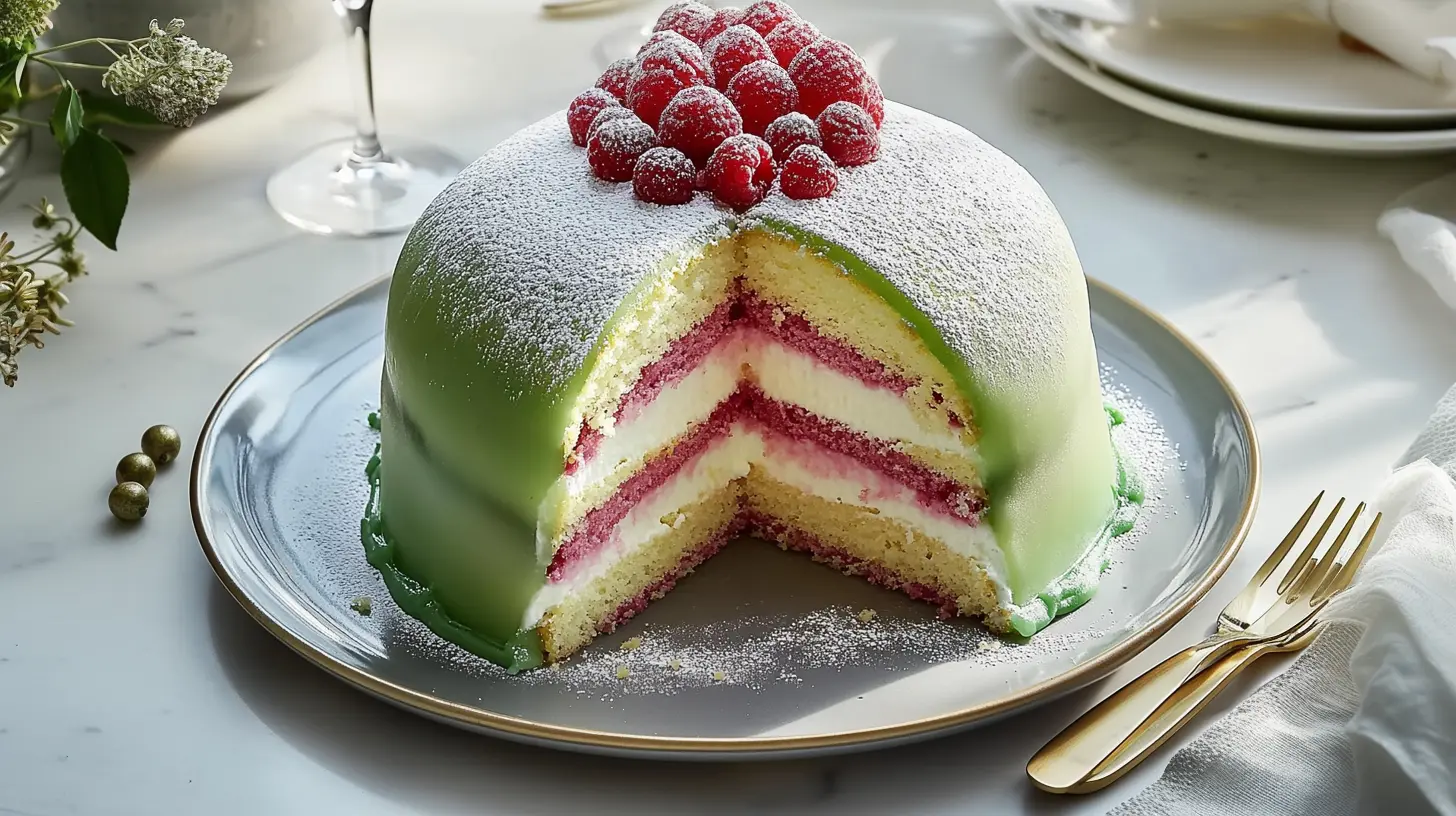Introduction to Naked Cake
If you’ve ever wanted a cake that is simple, elegant, and easy to make, look no further than the naked cake. This minimalist dessert has become a favorite for weddings, birthdays, and other celebrations due to its rustic yet refined look. What makes a naked cake special is the lack of heavy frosting on the outside, allowing the layers of cake and filling to peek through, giving it a beautiful, natural appearance. Not only is it visually stunning, but a naked cake is also versatile enough to suit various dietary preferences, including vegan, gluten-free, and low-sugar options.
For those who love baking but feel intimidated by elaborate cake designs, the naked cake is a perfect entry point. This recipe allows you to showcase your creativity with minimal effort, and the results are always impressive. In this article, we will guide you through an easy-to-follow recipe, along with tips to customize the naked cake for different dietary needs.
Explore more on cake decorating tips for beginners to enhance your skills and elevate your baking to the next level!
Benefits and Advantages of Naked Cake
Naked cakes stand out not only because of their visual appeal but also due to several practical advantages that make them a great choice for bakers of all levels.
- Simplicity: One of the primary advantages of a naked cake is its simplicity. With minimal frosting, the preparation time is significantly reduced compared to traditional cakes that require hours of smoothing, decorating, and icing.
- Healthier Option: For diet-conscious individuals, a naked cake is often seen as a healthier alternative to fully frosted cakes. The reduced amount of icing means fewer calories, and it allows you to focus more on the quality of the ingredients in the cake itself, such as organic flours, dairy-free alternatives, and natural sweeteners.
- Customizable for Dietary Preferences: Whether you’re vegan, gluten-free, or looking for low-sugar options, naked cakes are incredibly adaptable. The base recipe can easily be modified with plant-based ingredients, gluten-free flours, or sugar substitutes without compromising taste or texture.
- Visually Appealing: The unfinished look of a naked cake is one of its biggest draws. It offers a rustic charm that pairs beautifully with floral decorations, fresh fruits, or even edible flowers. This makes it perfect for weddings, baby showers, or any occasion where a simple yet elegant cake is desired.
Incorporating this cake into your celebration can make a lasting impression, and it’s a fun project for bakers who want to experiment with flavors and designs.
Ingredients Overview of Naked Cake
Essential Ingredients for Naked Cake
Here’s a list of essential ingredients for a classic naked cake recipe, along with substitutions for those with dietary restrictions:
- All-purpose flour (or gluten-free flour blend) – 2 ½ cups
- Baking powder – 2 teaspoons
- Salt – ¼ teaspoon
- Unsalted butter (or vegan butter) – 1 cup, softened
- Granulated sugar (or coconut sugar for a refined sugar-free option) – 1 ¾ cups
- Eggs (or flax eggs for a vegan option) – 4 large
- Vanilla extract – 2 teaspoons
- Milk (or almond milk for a dairy-free option) – 1 cup
This recipe can be easily adapted for dietary needs, including vegan or gluten-free versions, by using the appropriate substitutes. For a healthier twist, consider using whole wheat or almond flour, and replace refined sugar with a natural sweetener like honey or agave syrup.
Dietary Substitutions to Customize Your Naked Cake
To make your naked cake suitable for various dietary preferences, here are some easy substitutions:
- Vegan Option: Replace the eggs with flax eggs (1 tablespoon flaxseed meal mixed with 3 tablespoons of water per egg). Use almond milk instead of dairy milk, and swap butter for vegan margarine or coconut oil.
- Gluten-Free Option: Use a gluten-free flour blend that contains xanthan gum to ensure the cake holds together. Almond flour can also be added for a more nutty flavor.
- Low-Sugar Option: Substitute granulated sugar with a lower-glycemic alternative like stevia, monk fruit sweetener, or coconut sugar. This helps reduce the overall sugar content without affecting the flavor.
Check out this recipe for a gluten-free banana bread if you’re looking for more baking ideas that cater to specific dietary needs.
How to Prepare the Perfect Naked Cake: Step-by-Step Guide
Making a naked cake is easier than you might think! Follow this step-by-step guide for flawless results every time.
First Step: Prepare the Cake Pans
Start by preheating your oven to 350°F (175°C). Grease and flour three 8-inch round cake pans. You can also line the bottoms with parchment paper for easier removal.
Second Step: Mix Dry Ingredients
In a medium bowl, whisk together the flour, baking powder, and salt. Set aside.
Third Step: Cream the Butter and Sugar
In a large bowl, cream the butter and sugar together using an electric mixer on medium speed. Beat until the mixture becomes light and fluffy, which should take about 3-4 minutes.
Fourth Step: Add Eggs and Vanilla
Add the eggs one at a time, beating well after each addition. Then, add the vanilla extract.
Fifth Step: Combine Dry and Wet Ingredients
Gradually add the dry ingredients to the butter mixture, alternating with the milk. Begin and end with the dry ingredients. Beat on low speed until just combined. Be careful not to overmix, as this can cause the cake to be dense.
Sixth Step: Bake the Cakes
Divide the batter evenly among the prepared cake pans. Smooth the tops with a spatula and bake for 25-30 minutes, or until a toothpick inserted into the center comes out clean. Let the cakes cool in the pans for 10 minutes, then transfer to a wire rack to cool completely.
Seventh Step: Assemble the Cake
Once the cakes are completely cool, level the tops with a serrated knife if necessary. Place the first layer on a cake stand or plate and spread a layer of frosting (buttercream or whipped cream). Add the next layer, repeating the process. Finish by spreading a thin layer of frosting over the entire cake, allowing some of the cake layers to peek through.
Eighth Step: Decorate
Decorate your naked cake with fresh fruit, edible flowers, or a dusting of powdered sugar for a simple yet elegant look.
For more detailed tips on how to get the perfect cake texture, visit our guide on how to bake the perfect cake.
Mastering Naked Cake: Advanced Tips and Variations
To take your naked cake to the next level, try these advanced tips and variations:
- Add Layers of Flavor: Instead of a plain vanilla cake, consider incorporating different flavors like lemon, chocolate, or almond. You can also infuse the frosting with flavors like coffee or citrus zest.
- Go Seasonal: Use seasonal fruits like berries in the summer or citrus in the winter for a fresh and natural touch. You can even try making a pumpkin-flavored naked cake for the fall.
- Vegan and Gluten-Free Frosting: If you’re catering to specific dietary needs, there are plenty of vegan and gluten-free frosting options available. Coconut cream frosting or cashew-based cream make great alternatives.
- Experiment with Tiers: For more formal occasions like weddings, consider stacking multiple layers for a tiered naked cake. Just be sure to use cake dowels to support the structure.
How to Store Naked Cake: Best Practices
Storing a naked cake is simple, but there are a few best practices to follow to keep it fresh:
- Refrigeration: If you are making the cake ahead of time, store it in the refrigerator to prevent the frosting from melting. Cover it loosely with plastic wrap or place it in a cake container.
- Freezing: You can freeze unfrosted cake layers for up to three months. Wrap them tightly in plastic wrap and place them in an airtight container.
- Reheating: If the cake feels too firm after refrigeration, let it sit at room temperature for about 30 minutes before serving.
Nutritional Value of Naked Cake
A traditional naked cake contains approximately the following per slice (based on a 10-slice serving):
- Calories: 350-400
- Fat: 18g
- Protein: 5g
- Carbohydrates: 50g
- Sugar: 35g
For lower-calorie options, using plant-based sweeteners and fats can significantly reduce the calorie content without affecting taste.
FAQs: Frequently Asked Questions About Naked Cake
Can I Make a Naked Cake Ahead of Time?
Yes, you can absolutely make a naked cake ahead of time! The key to doing this successfully is proper storage. If you plan to prepare the cake layers in advance, you can bake them up to two days ahead. Once baked, allow the layers to cool completely, then wrap each layer tightly in plastic wrap to keep them fresh. Store the wrapped layers in the refrigerator until you are ready to assemble the cake.
For longer storage, you can freeze the cake layers for up to three months. Wrap them in plastic wrap, then foil, and store in an airtight container. When ready to assemble, thaw the layers overnight in the fridge and proceed with frosting and decorating. The cake should be assembled no more than a day before serving for the best freshness and texture.
If you are assembling the cake in advance, refrigerate it to keep the frosting intact. Since naked cakes have minimal frosting, it’s important to protect the cake layers from drying out by loosely covering the cake with plastic wrap or placing it in a cake carrier.
Can I Use Different Types of Frosting?
Absolutely! Naked cakes are versatile, and you can use various types of frosting depending on your taste and dietary preferences. Some popular frosting choices include:
- Buttercream: Classic and rich, buttercream is the most popular choice for naked cakes.
- Whipped Cream: Light and airy, this is a great option for those who prefer a less sweet, more delicate frosting.
- Cream Cheese Frosting: Perfect for a tangy balance, particularly when paired with flavors like carrot or red velvet cake.
- Vegan Frosting: Options like coconut cream or cashew cream are perfect for vegan or dairy-free naked cakes.
Each type of frosting gives the cake a different texture and flavor profile, so feel free to experiment. Just ensure that the frosting consistency is firm enough to hold the cake layers together.
Is a Naked Cake Suitable for Outdoor Events?
Naked cakes can work well for outdoor events, but there are a few considerations to keep in mind. Since naked cakes have minimal frosting, they are less protected from the elements than fully frosted cakes. If you’re hosting an outdoor event, particularly in hot or humid weather, it’s essential to store the cake in a cool, shaded area to prevent the frosting from melting or the cake layers from drying out.
For outdoor events, buttercream holds up better in warmer temperatures than whipped cream or cream cheese frosting. Additionally, keeping the cake refrigerated until shortly before serving can help maintain its structure and freshness.
Why Is It Called Wife Cake?
Wife Cake, also known as Lao Po Bing (老婆饼), is a traditional Chinese pastry filled with sweet, sticky winter melon paste. The name “Wife Cake” comes from a touching story about a woman who sold herself into servitude to buy medicine for her sick husband. Her husband then created and sold the cake to raise money to free her. This story inspired the name “Wife Cake,” symbolizing love and sacrifice.
For more on the origin of Chinese pastries like Wife Cake, you can check this Wikipedia article on Wife Cake.
Why Is It Called Devil Cake?
People named Devil’s Food Cake in contrast to the lighter, airy Angel Food Cake. The “devilish” aspect refers to its deep, rich chocolate flavor, often achieved using cocoa powder and sometimes coffee, giving it a dense, moist texture. The intense chocolate flavor made it seem almost sinfully indulgent, which led to the name Devil’s Food Cake.
What Is a Husband Cookie?
“Husband Cookies” isn’t a specific, well-known type of cookie but rather a term some people use to describe a husband’s favorite cookies or cookies made with simple ingredients for a quick, satisfying treat. The term may also reflect the comforting, homey nature of cookies, often associated with family gatherings or as a favorite snack.
What Is Lao Po Bing?
Lao Po Bing (老婆饼), or Wife Cake, is a traditional Chinese pastry with a thin, flaky crust and a sweet filling made from winter melon, almond paste, and sometimes sesame seeds. It is a beloved dessert in southern China, particularly in Hong Kong and Guangdong, often enjoyed during festivals or given as gifts to loved ones.
What Is Chinese Husband Cake?
There isn’t a traditional Chinese pastry explicitly called “Husband Cake” like there is a “Wife Cake” (Lao Po Bing). However, some people might use the term “Husband Cake” as a playful reference or counterpart to Wife Cake, though it is not a recognized pastry in Chinese culinary traditions.
What Is the Witches Cake?
The Witches’ Cake refers to a bizarre historical practice during the Salem Witch Trials. People made the cake from rye meal and the urine of afflicted individuals and fed it to a dog. They believed the dog’s reaction could identify witches. This practice was one of many superstitious methods used during the witch hunts in colonial America.
Why Is It Called Elvis Presley Cake?
Elvis Presley Cake, also known as Southern Pineapple Cake, gets its name because it was reportedly one of Elvis Presley’s favorite desserts. The cake typically includes crushed pineapple, pecans, and cream cheese frosting, ingredients frequently used in Southern cooking, resulting in a rich and moist dessert.
Why Is It Called Miserable Cake?
The term Miserable Cake (Gâteau de Misère) likely originates from Alsace, France. It refers to a simple almond cake traditionally made with a few ingredients, reflecting the meager resources available during difficult times. Despite its humble origins, the cake is surprisingly flavorful, with its moist texture coming from the almond paste.
Why Is It Called Funeral Cake?
Funeral cakes are simple cakes often served during post-funeral gatherings, especially in Southern U.S. culture. These cakes are usually easy-to-make, unpretentious desserts meant to feed a crowd, often featuring flavors like lemon or chocolate. They’re called “funeral cakes” because they are a common dish served to mourners as part of the funeral tradition, providing comfort in times of grief.
Why Did Elvis Shake His Pinky?
Elvis Presley became famous for his unique stage presence and iconic dance moves, including his signature pinky shake. This move, along with his other gestures like hip gyrations, helped define his charismatic performances. The pinky shake may have been a playful, flirtatious gesture that became part of his performance style, contributing to the “Elvis craze” of the 1950s and 60s.
Conclusion
Naked cakes, with their minimalistic design, offer a versatile dessert option perfect for various occasions. Whether you’re making one ahead of time, customizing the frosting, or serving it at an outdoor event, this cake offers flexibility and simplicity while maintaining visual appeal. Similarly, cakes like the Wife Cake and Devil’s Food Cake carry intriguing names rooted in cultural history and culinary traditions. From the sweet sacrifice behind Wife Cake’s creation to the indulgent richness of Devil’s Food Cake, every pastry tells a story.
For a deeper dive into cultural pastries, check out Wikipedia’s article on Wife Cake.

Posted by: Hailee | October 18, 2024
I’m passionate about sharing sweet and savory recipes that I’ve meticulously tested and perfected in my own kitchen. Join me on this delicious journey to experience the best of culinary creativity.




